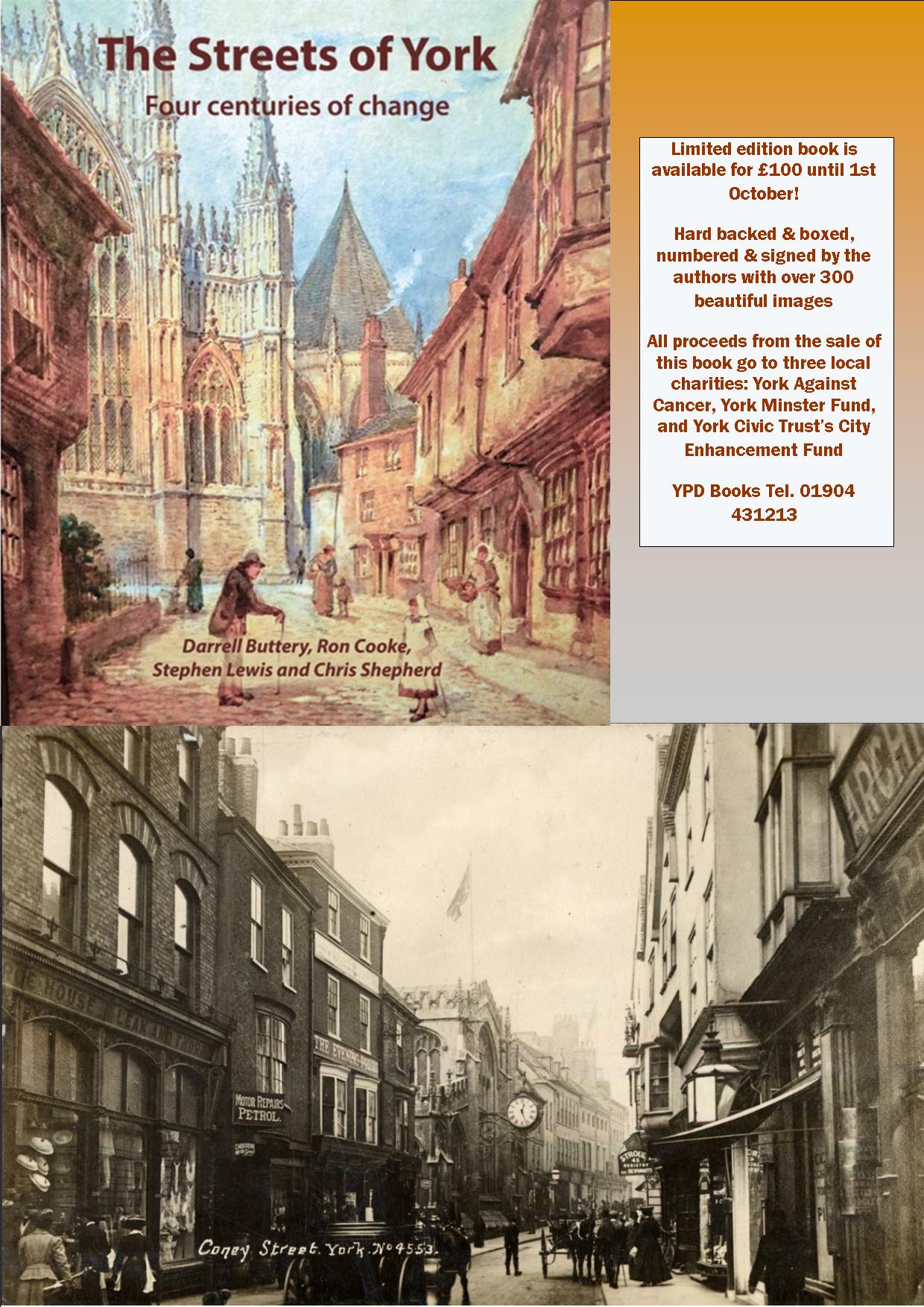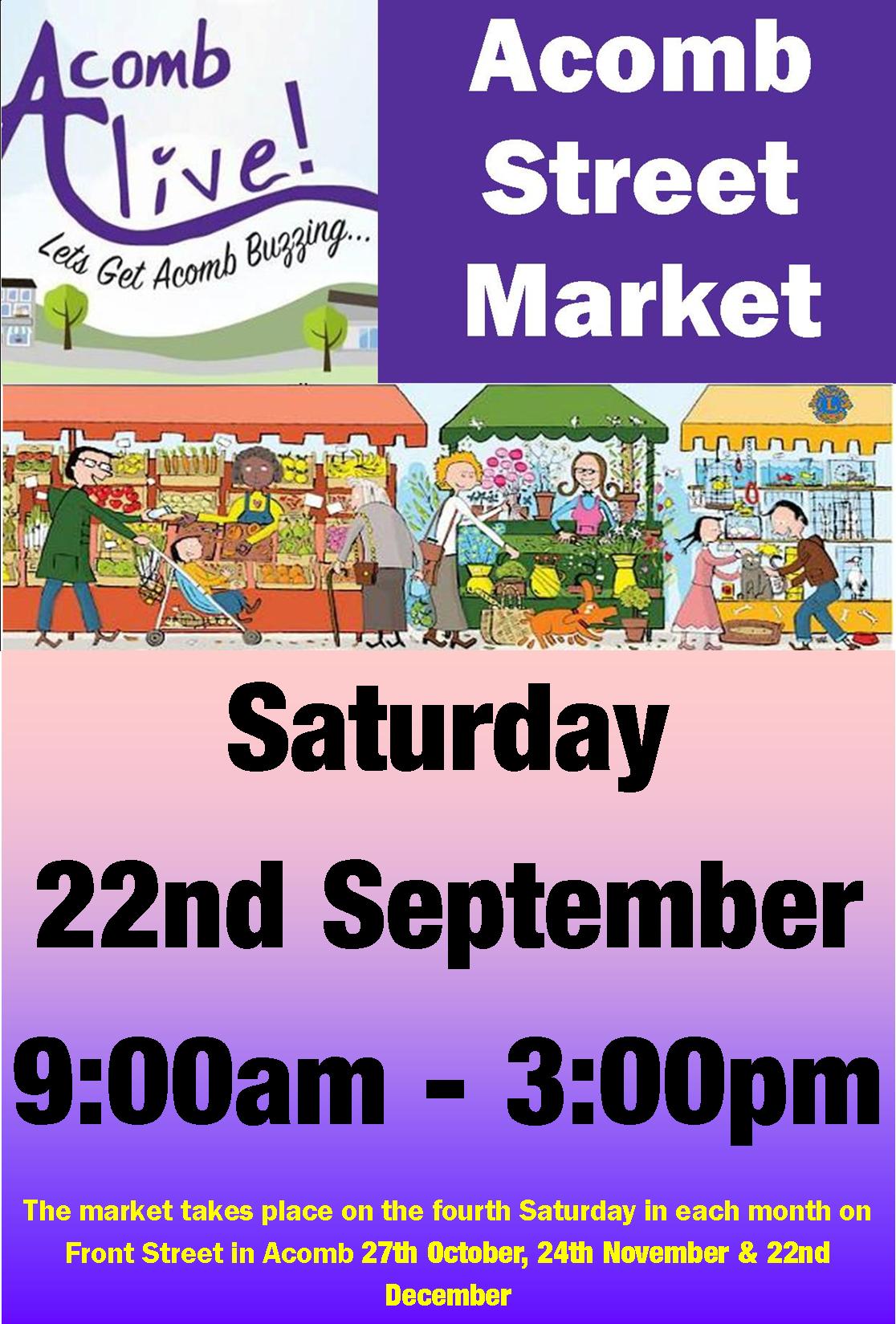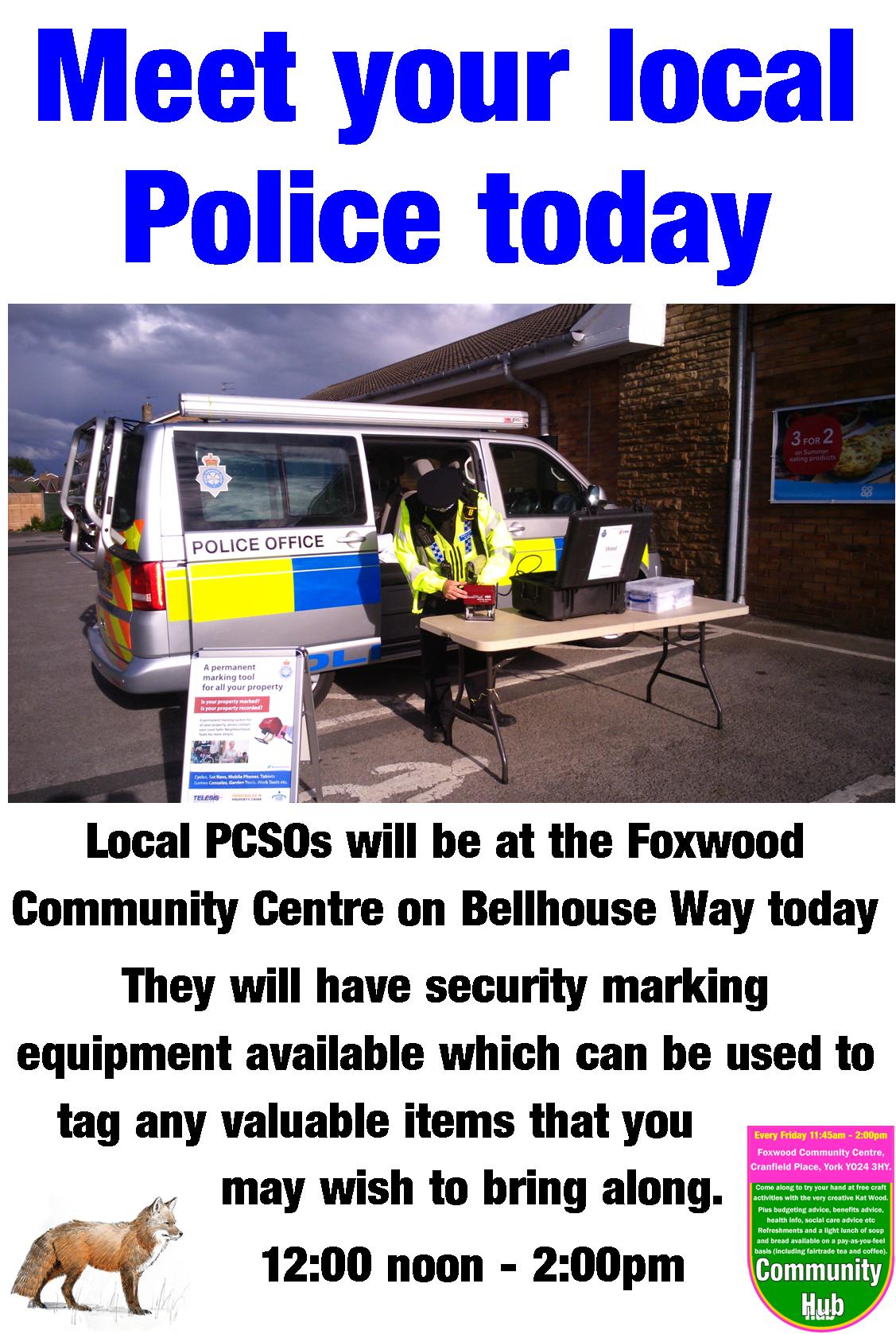When the roundabout is completed it will be the first of seven to receive wider entrances and exits as part of a £38m scheme to reduce congestion on the outer ring road.
The current resurfacing work is taking place in three phases. Phases one and two have been completed and phase three is set to start on Monday 24 September until Friday 28 September with work taking place overnight from 8pm – 5am to keep disruption to a minimum. During this time, in order to carry out the works safely, Wetherby Road will be closed from the junction of Beckfield Lane to the A1237.
A signed diversion route will be in place. In addition to this 3-way traffic lights will be in operation on the A1237 and Rufforth arm of Wetherby Road with traffic reduced to a single lane.
Further night-time resurfacing work is set to take place in November which will include overnight closures of the roundabout. Final dates and times are to be determined with the contractor and will be confirmed closer to the time.
As with any construction work, there is likely to be a certain amount of disruption and inconvenience to the public, however we will try at all times to keep any disruption to a minimum.
The York Outer Ring Road improvements programme is being funded through the West Yorkshire-plus Transport Fund, and the Leeds City Region Growth Deal – a £1 billion package of Government investment through the West Yorkshire Combined Authority and Leeds City Region Enterprise Partnership (LEP) to accelerate growth and create jobs across Leeds City Region.
For more information about the York Outer Ring Road improvements visit www.york.gov.uk/yorr

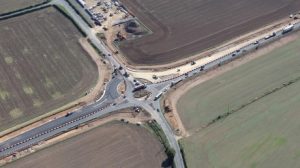 The Wetherby Road roundabout upgrade is moving a step closer to completion with resurfacing works on the roundabout and approach roads currently taking place.
The Wetherby Road roundabout upgrade is moving a step closer to completion with resurfacing works on the roundabout and approach roads currently taking place.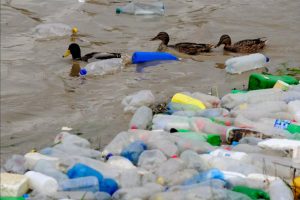 An interesting
An interesting The York Federation of Residents’ Associations folded yesterday.
The York Federation of Residents’ Associations folded yesterday.